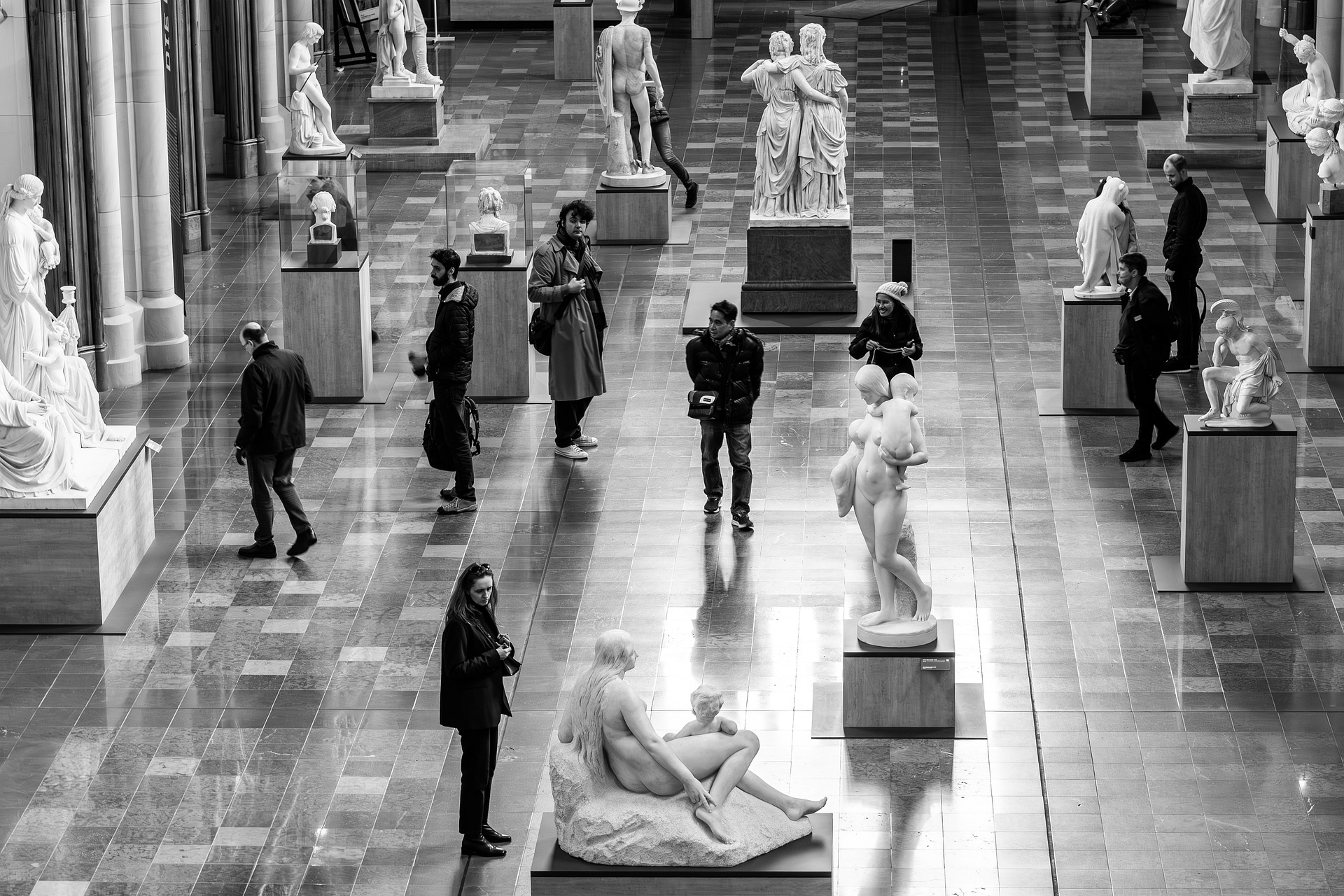Museums: Functions in Art, History, Science, and Education
Museums are institutions that collect, preserve, interpret, and display objects and specimens for public benefit. They serve as repositories of tangible culture and knowledge, providing contexts that help visitors connect with artistic expression, historical events, scientific discovery, and learning practices. Museums vary widely in size, scope, governance, and audience, but most share the goals of stewardship, research, and public engagement. By balancing conservation and accessibility, museums support cultural memory and community understanding across generations.

What is a museum and its role?
A museum is more than a building with objects; it is a forum for care, inquiry, and interpretation. Museums acquire and maintain collections through donation, purchase, or fieldwork, applying conservation techniques to preserve items ranging from paintings and fossils to textiles and machinery. Curators and conservators develop catalogs and research to document provenance and significance, while educators and exhibit designers translate that knowledge into displays and programs. Museums also act as civic spaces, offering events, lectures, and temporary exhibitions that respond to contemporary issues and diverse audiences.
How does art shape museum experiences?
Art museums organize works to reveal creative methods, cultural context, and aesthetic development. Exhibits often juxtapose pieces by period, theme, or technique to illuminate narratives—such as changes in style or sociopolitical influences on artists. Educational labels, audio guides, and multimedia installations help visitors understand formal elements like composition and medium as well as conceptual frameworks. Art collections can include paintings, sculptures, photography, performance documentation, and new media, and many museums collaborate with living artists for commissions and interactive projects that invite public participation.
How do museums present history?
History museums use objects, archives, and oral histories to make past events tangible. Through timelines, dioramas, documents, and multimedia, they contextualize social, political, and economic developments. Exhibitions may focus on local heritage, national narratives, or global themes; they can highlight underrepresented perspectives by integrating community voices and new research. Responsible historical interpretation involves transparency about sources and gaps in the record, acknowledging contested meanings and encouraging critical thinking rather than offering a single definitive story.
How do science museums differ in focus and method?
Science museums and science centers emphasize hands-on learning and demonstration to convey principles of biology, physics, earth science, and technology. Interactive exhibits, live demonstrations, and maker spaces allow visitors to experiment, test hypotheses, and observe phenomena directly. Science institutions often partner with schools and research organizations to translate current findings into accessible formats, supporting scientific literacy and inquiry skills. Many combine exhibits with planetariums, laboratories, and outreach programs that target a broad age range, from young children to adult learners.
What is the educational role of museums?
Education is a central mission across museum types: offering formal and informal learning opportunities that complement school curricula and lifelong learning. Programs include guided tours, workshops, teacher resources, family activities, internships, and community partnerships. Museums design learning objectives and assessment strategies to meet varied needs—scaffolding complex subjects for novices while providing deeper content for specialist audiences. By using multisensory displays and narrative methods, museums support diverse learning styles and promote critical thinking, empathy, and cultural awareness.
Conclusion
Museums function as stewards of material culture and knowledge, bridging past and present while encouraging public engagement with art, history, science, and education. Their work spans preservation, research, interpretation, and outreach, adapting methods to serve different audiences and evolving societal questions. Whether experienced through a curated gallery, a hands-on science exhibit, or community-led historical projects, museums offer structured opportunities for learning and reflection that contribute to cultural continuity and informed citizenship.






